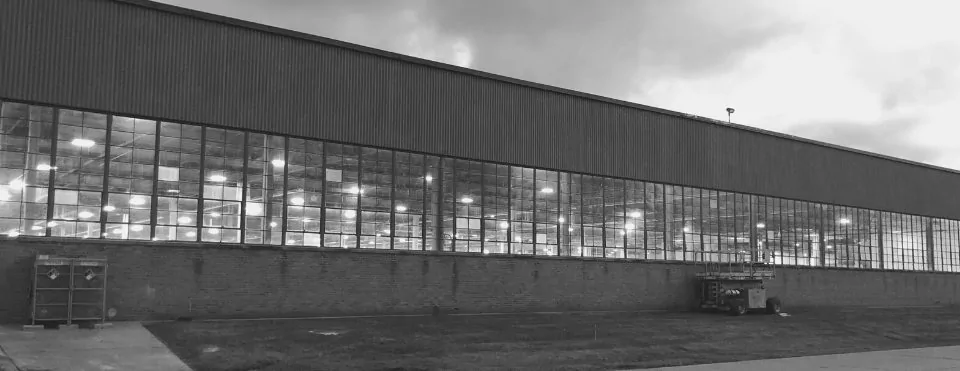What is the Efficiency of a Heat Pump?
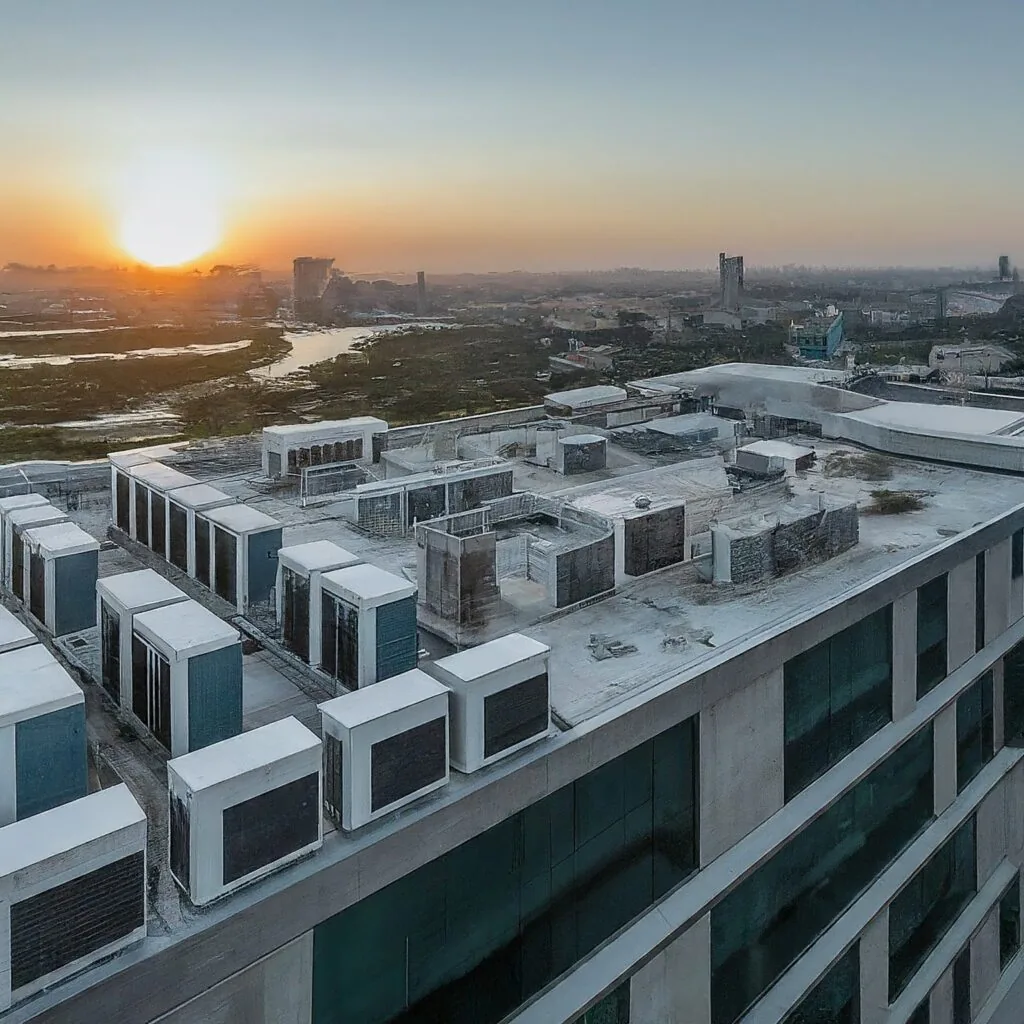
Apr 25 2024
Heat pumps are talked about a lot and they are highly efficient at creating heat and removing heat. In fact, many of our hopes for reducing a carbon footprint of a building relies on the promise of heat pumps.
A Very High Efficiency HVAC system is an ERV (Energy Recovery Ventilator) combined with a VRF (Variable Refrigerant Flow) Heat Pump system. Combining these two systems brings in plenty of fresh outside air, but allows you to design a smaller heat pump system since the energy is recovered in the outgoing air. In fact, this can drive the efficiency of a heat pump from a COP of 4 to a combined COP of 6. We will upback this information in this article.
How Do Heat Pumps Work in Commercial Buildings?
Heat pumps defy the laws of thermodynamics. They don’t actually create heat, but instead act like clever agents, stealing heat from one place and delivering it to another. In colder months, a heat pump extracts heat from the surprising source: the outside air. Even when the air feels chilly to us, it still contains thermal energy. The heat pump’s magic lies in its ability to capture this energy and concentrate it to warm your building.
The secret behind this heat transfer is a special substance called refrigerant. Refrigerant is a liquid that can easily absorb and release heat as it changes state. Inside the heat pump, the refrigerant circulates through a closed loop system. In one part of the loop, the refrigerant absorbs heat from the outside air, even in cold conditions. This causes the refrigerant to evaporate, turning from a liquid to a gas. We’ve been using refrigerants for years in refrigeration and air conditioning.
Once the refrigerant has absorbed heat and become a gas, it travels to another part of the loop where a compressor comes into play. This compressor is essentially a powerful pump. It squeezes the refrigerant gas, forcing its molecules closer together. As the pressure on the gas increases, something interesting happens: its temperature also rises significantly. This compressed, high-temperature refrigerant is now perfectly suited to deliver heat indoors.
The final stage of the heat pump’s cycle involves transferring the captured heat to your building. The hot refrigerant gas travels to an indoor heat exchanger. This heat exchanger acts like a bridge, allowing the heat from the refrigerant to flow into the air circulation system of your building. The warmed air is then distributed throughout your space, creating a comfortable and cozy environment. Meanwhile, the cooled refrigerant completes the loop, ready to pick up more heat from the outside air and start the cycle all over again.
What is the Coefficient of Performance of a Heat Pump?
Traditional heating systems, like furnaces or electric resistance heaters, convert one form of energy (electricity or fuel) directly into heat. While they get the job done, this process can be wasteful. Heat pumps, however, operate on a completely different principle. They boast an impressive efficiency rating measured by a value called the Coefficient of Performance (COP). Unlike traditional heaters with a COP of 1 (meaning they output exactly the same amount of energy they consume), heat pumps can achieve a COP of up to 4.
So, what exactly does a COP of 4 signify? Imagine this: for every 1 unit of electrical energy a heat pump consumes, it can deliver up to 4 units of heating output. That’s a remarkable feat! This efficiency stems from the heat pump’s ability to move existing heat, rather than generate it directly. By capturing heat from the outside environment and concentrating it for indoor use, heat pumps get a lot more mileage out of the energy they use.
It’s important to note that a COP of 4 is the upper limit for ideal conditions. In real-world scenarios, the COP of a heat pump will fluctuate depending on several factors. Colder outside temperatures can affect the ease of heat extraction, lowering the COP. Conversely, milder climates allow heat pumps to operate at peak efficiency, potentially reaching closer to that impressive COP of 4.
Despite some variation, the overall concept remains clear: heat pumps offer a significant advantage in terms of efficiency compared to traditional heating systems. With a COP reaching up to 4, they translate to lower energy bills and a reduced environmental footprint. This makes them a compelling choice for sustainable and cost-effective home heating.
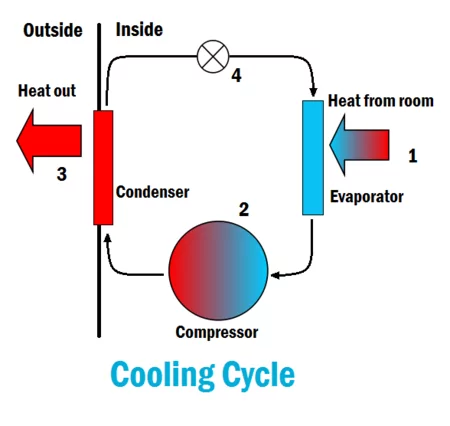
Source: Energyeducation.ca
Are Heat Pumps Good for the Environment?
No matter how efficient a natural gas or propane heat system is, it always releases CO2. Most commercial rooftops have packaged rooftop units, and those are only 80% efficient in using the natural gas to create heat. 20% is wasted, but again – all of it releases climate changing gases.
In our local grid in Illinois, 53% of our energy comes from Nuclear Power. While it has it’s own concerns, it does not release CO2. There is also 20% wind powering our grid, along with increasing solar PV and some small amount of hydroelectric in our state. That all adds up to almost 80% of our electricity being clean in terms of global warming gasses – quite a feat for a midwestern state.
So heat pumps are incredibly good for the environment in general, and twice as good in a state like ours with plenty of clean energy. In fact, most of our energy usage peaks in the summer with heavy Air Conditioning, leaving the heating season with more capacity to add heat pumps. Heat pumps are better for the environment than traditional heating – by far.
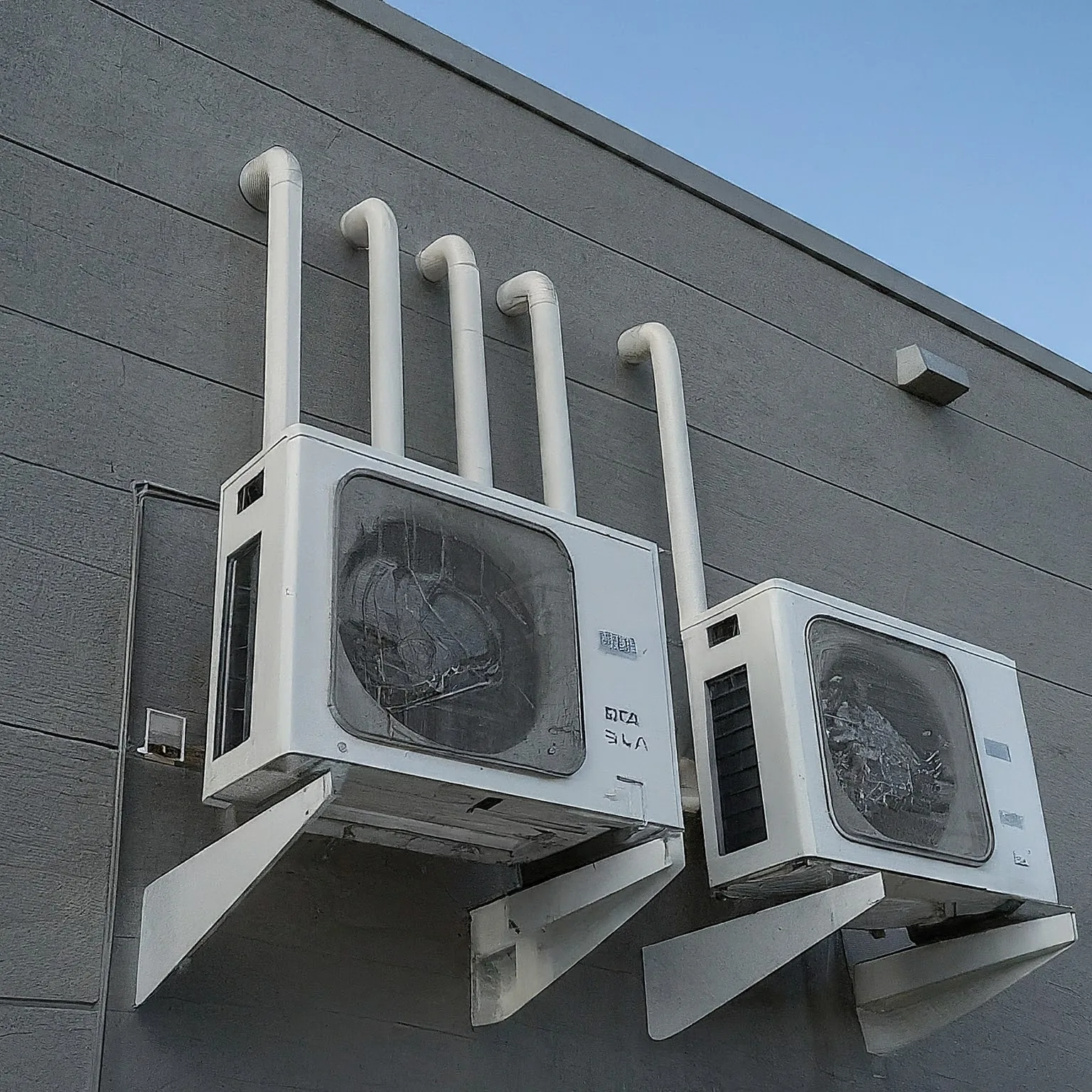
Can a Heat Pump Exceed a COP of 4?
A heat pump cannot realistically exceed a COP of 4. The laws of thermodynamics, specifically the second law, dictate that no system can be 100% efficient in transferring thermal energy.
COP stands for Coefficient of Performance. It’s a ratio between the useful heating output (heat delivered to the building) and the electrical energy consumed by the heat pump. A COP of 4 means the heat pump delivers 4 units of heat for every 1 unit of electricity used.
Even the most ideal heat pump can’t overcome the limitations of physics. Moving heat from a colder source (outside air) to a warmer source (your building) requires work. This work consumes some of the electrical energy used by the pump.
Under perfect conditions, with minimal temperature differences between the outside and inside, a heat pump could theoretically reach a COP of around 6-7. However, these conditions are not achievable in real-world applications.
While exceeding 4 isn’t possible, some advanced heat pumps can achieve COPs close to 4 in ideal settings with mild climates. However, as the temperature difference between the outside and inside increases (colder outside), the COP will decrease.
Can a Heat Pump Plus Energy Recovery Ventilator System Exceed a COP of 4?
Yes, this combination can drive the efficiency of a heat pump system higher, but decreasing the amount of energy lost via the ventilation. Since Energy Recovery Ventilators reclaim up to 93% of energy, it means you can size down a heating or cooling system greatly.
Another way of saying COP is how much more efficient is something over the standard of electric or gas heating? Well, a COP of 6 would be 600% more efficient than the standard equipment – try that out at your next thanksgiving meal!
Do Heat Pumps Save Energy?
Yes, heat pump systems can significantly save energy compared to traditional heating systems like electric resistance heaters or furnaces. Here’s why:
Traditional heating systems directly convert electricity or fuel into heat. This process can be wasteful, as some energy is lost during conversion. Heat pumps, on the other hand, work by transferring existing heat from the outside air into your building. They essentially act like movers, not creators, of heat, making them inherently more efficient.
Heat pumps boast an impressive efficiency rating measured by COP. Unlike traditional heaters with a COP of 1, heat pumps can achieve a COP of up to 4. This means for every 1 unit of electrical energy a heat pump consumes, it can deliver up to 4 units of heating output.
The key to a heat pump’s efficiency lies in its ability to capture and concentrate heat that already exists in the outside environment, even in cold weather. This eliminates the energy wasted in generating heat directly, leading to significant energy savings.
Heat pumps operate most efficiently in moderate climates. Colder outside temperatures can make it harder for the heat pump to extract heat, lowering the COP during the coldest days. But those days are not as common as they used to be, making heat pumps even more impactful.
Overall, despite these factors, heat pumps offer a clear advantage in terms of energy savings compared to traditional heating systems. Their ability to move existing heat with a high COP translates to lower energy bills and a reduced environmental impact.
Conclusion on the Efficiency of Heat Pumps
We recently engaged with an independent firm to study the energy savings of a heat pump system, installed at the Oak Park Temple in Illinois. This ambitious project took almost 18 months from start to finish, and completely replaced their old boiler system, packaged RTUs, and window ACs. It also replaced some water “pump and dump” systems for cooling, which are now illegal because of the huge waste of water.
This independent verification showed a 60% reduction in energy usage after the heat pumps were installed with the combination of the ERVs. But more importantly, it brought fresh air into the building for the first time in decades, dramatically improving the safety for kids in school and improving the overall building health.
Featured Posts
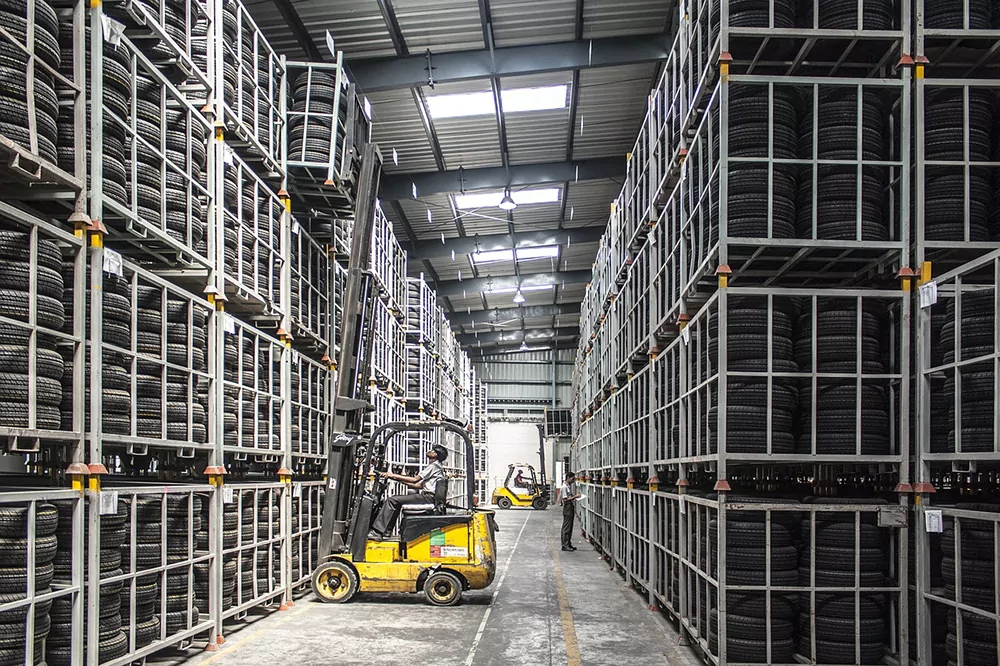
Mar 05 2025
Cut Warehouse Costs With Proven Commercial Energy Efficiency Upgrades
Warehouse operators are relentlessly pursuing smarter ways to reduce costs, improve commercial energy efficiency, and keep productivity moving forward. But what’s the best way to achieve this? As experts in commercial energy efficiency, Verde has the…
Continue Reading >
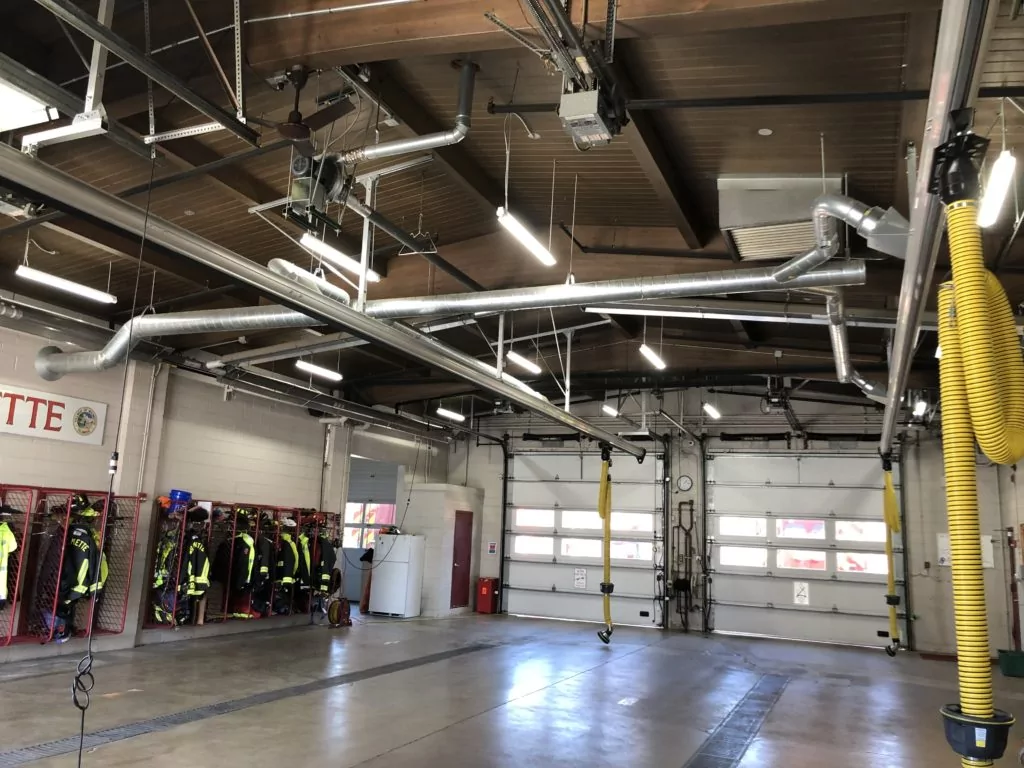
Mar 15 2021
Energy Savings Formula
In 2002, I became a firefighter in the north suburbs of Chicago. I was young and idealistic - loving almost every part of the job. However, I had another secret passion - sustainability. In addition…
Continue Reading >
Related Articles
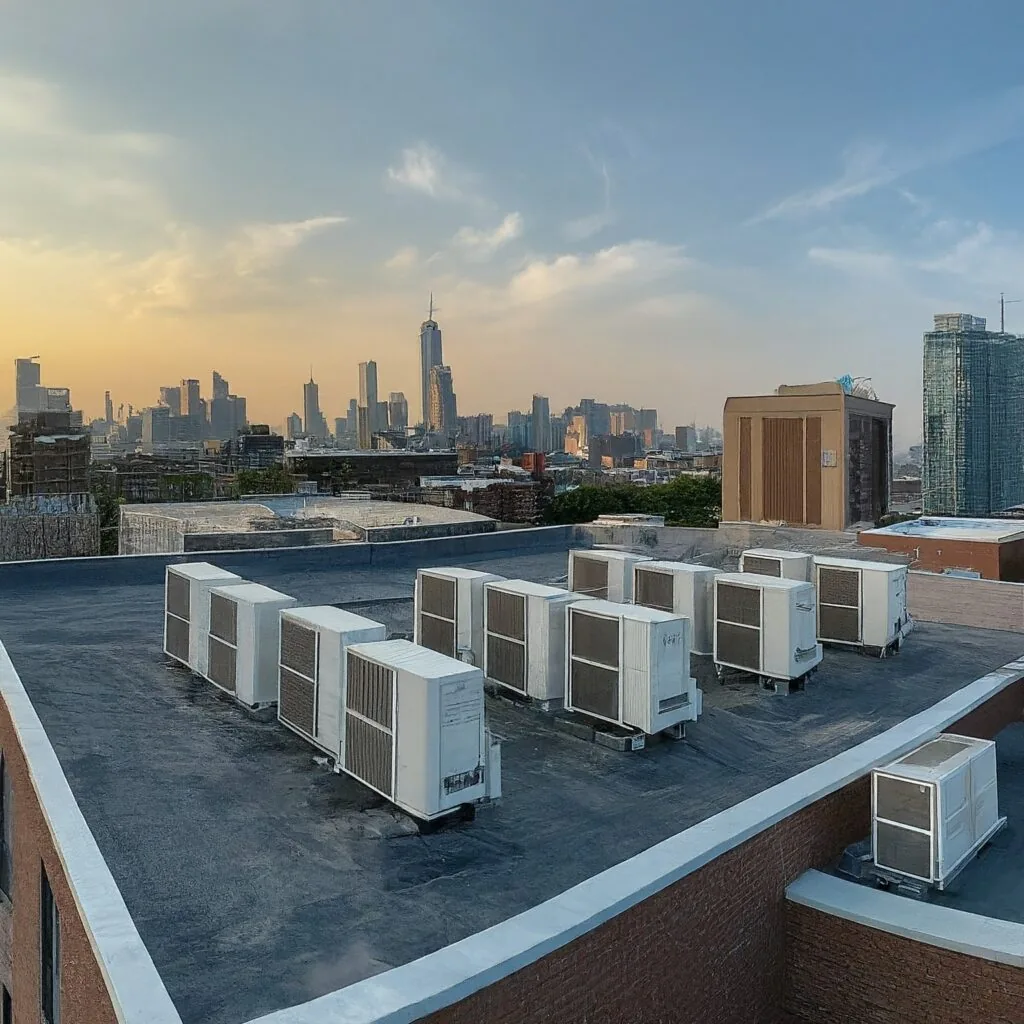
Sep 23 2024
Utility Heat Pump Incentives for HVAC
Dual fuel heat pump packaged rooftop units (RTUs) offer a versatile and energy-efficient solution for heating and cooling commercial buildings. By combining the efficiency of a heat pump with the power of a gas furnace,…
Continue Reading >
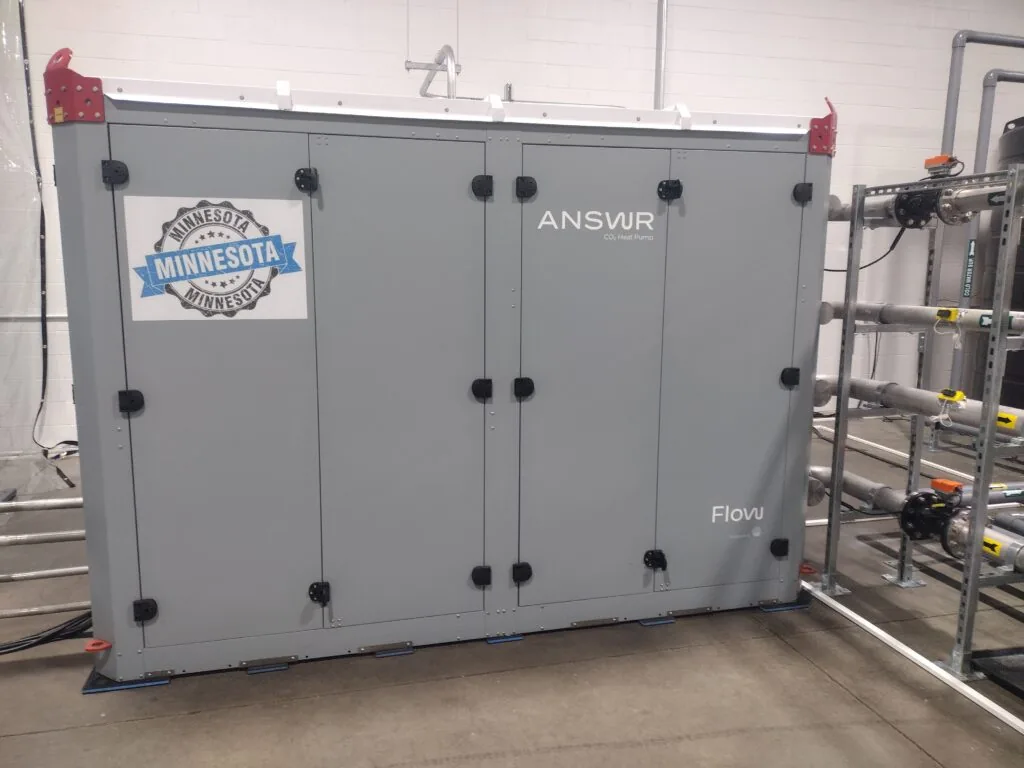
Apr 29 2024
What is a CO2 Heat Pump?
Traditional Heat Pumps use refrigerant to change stages based on pressure, transferring heat from inside a building and out (and vice versa in the winter). One of the big costs to heat pumps is Freon,…

